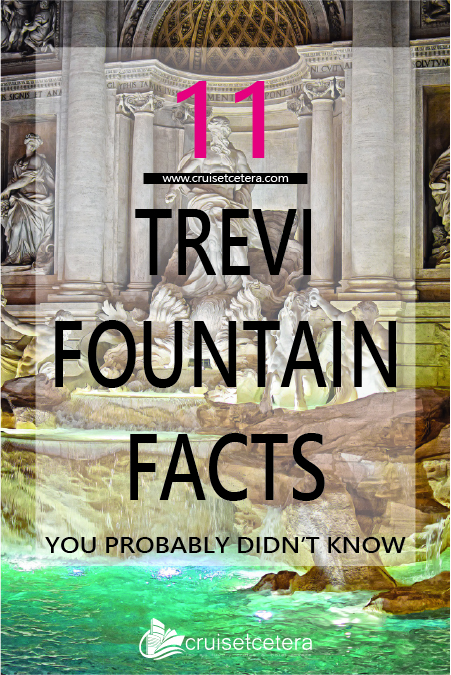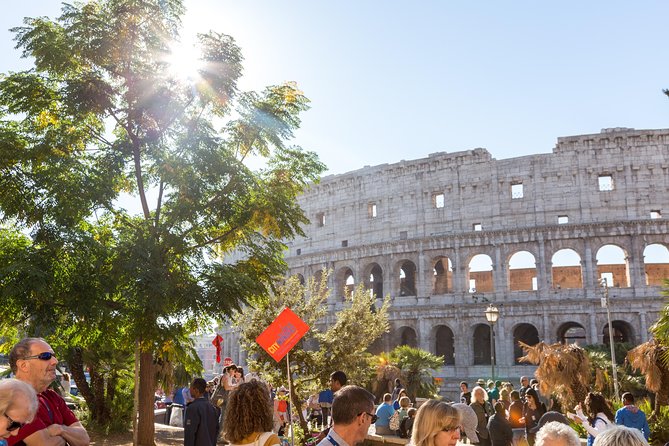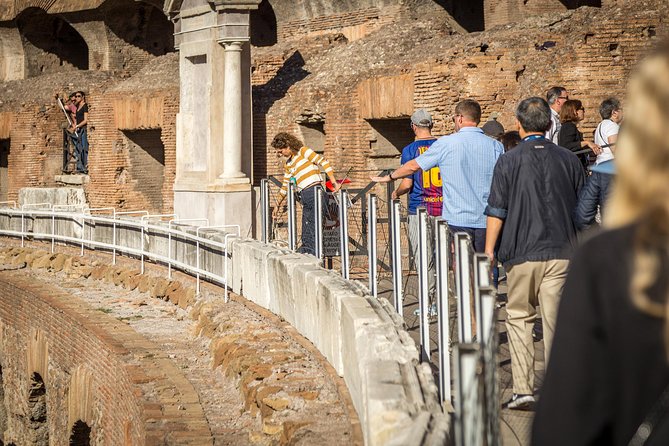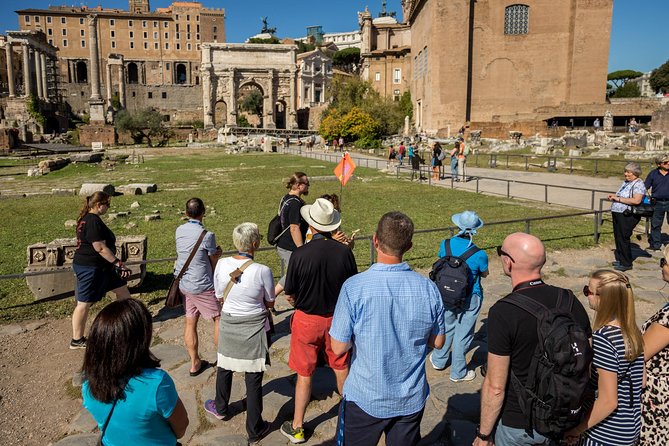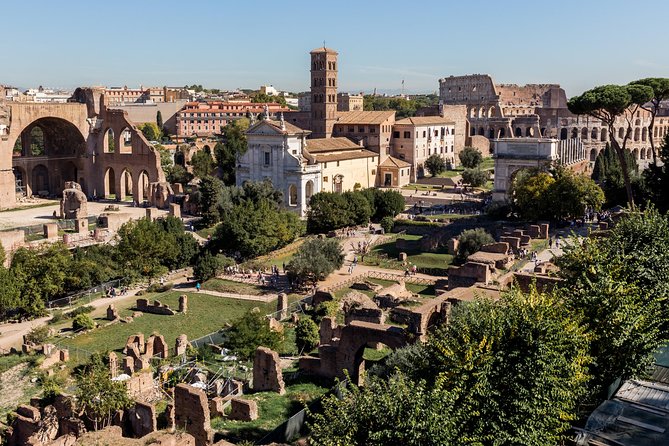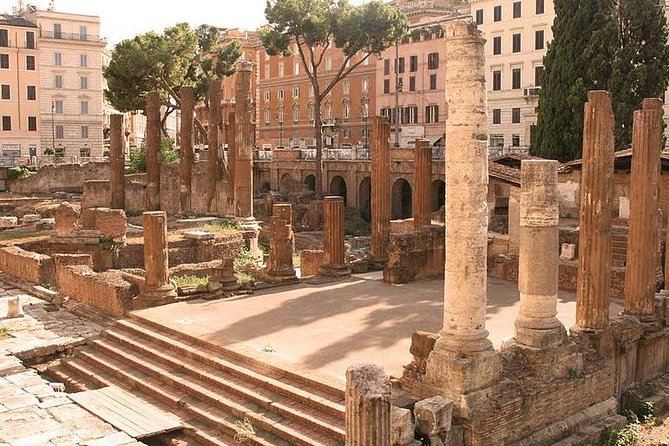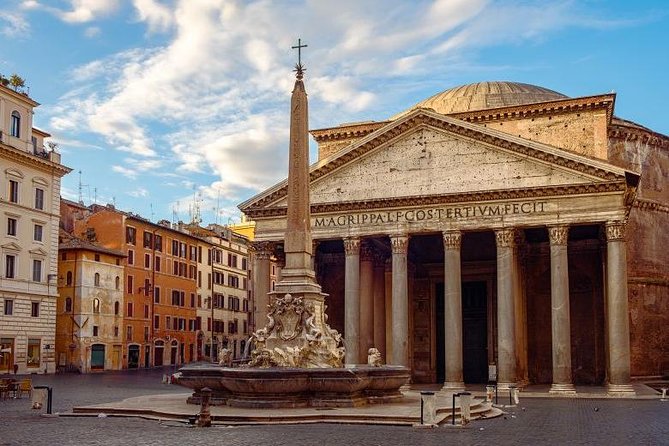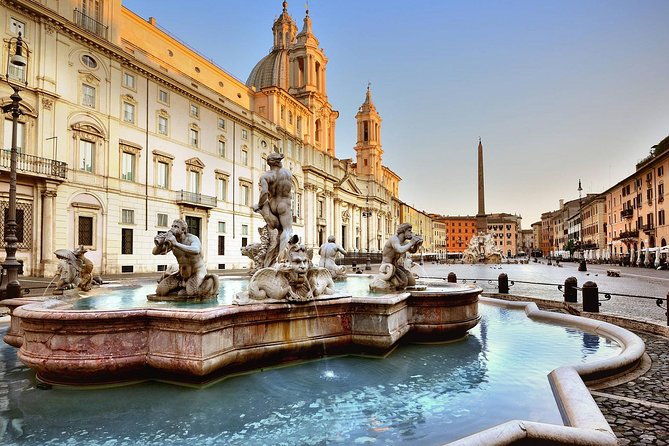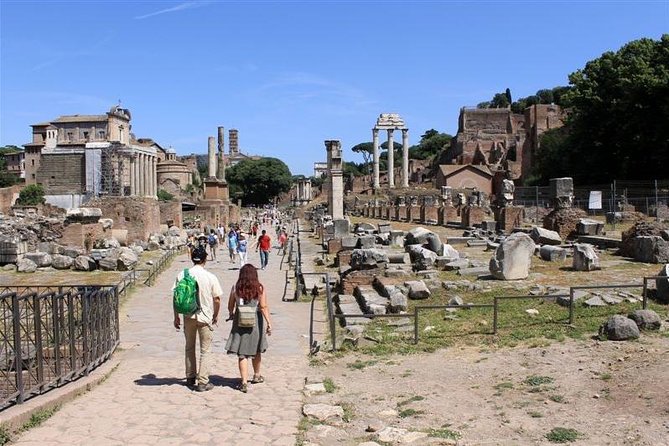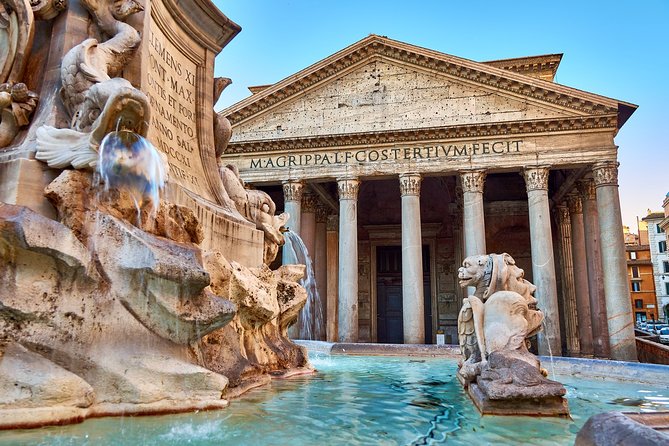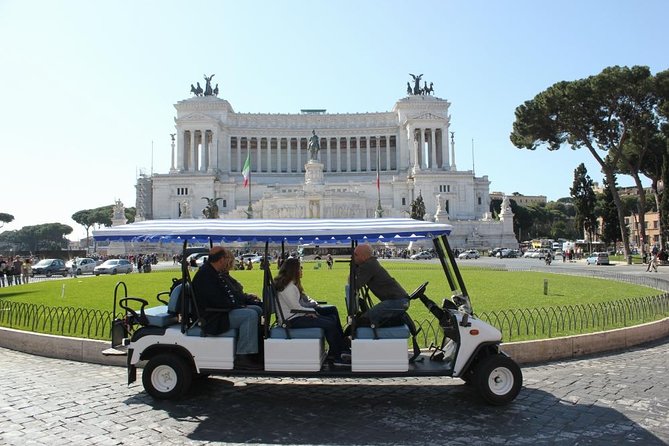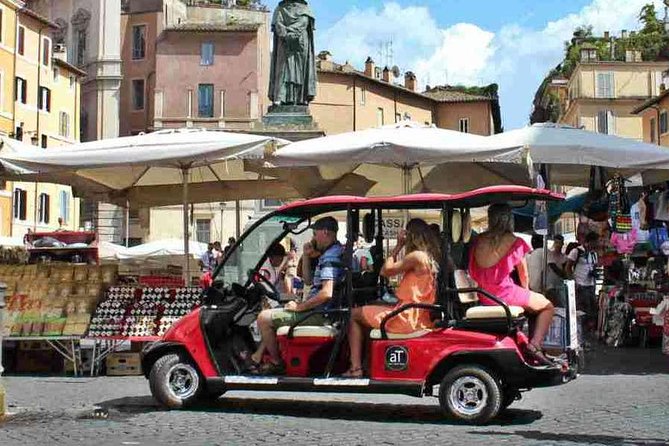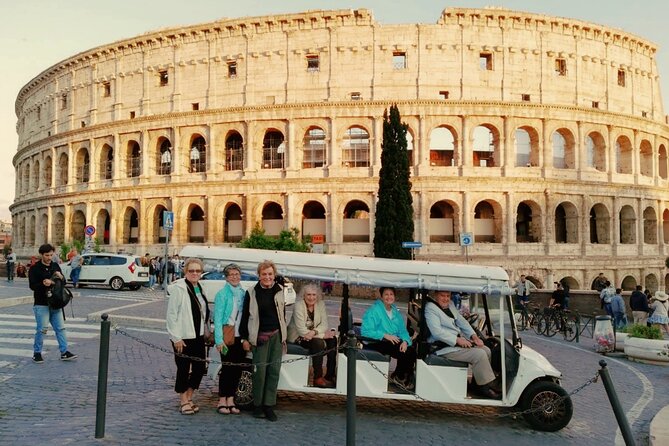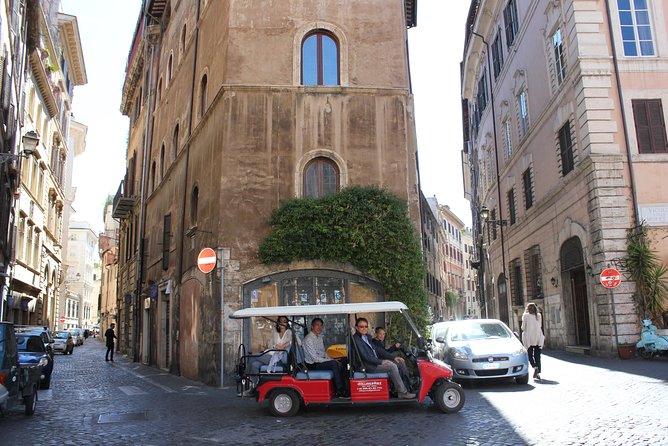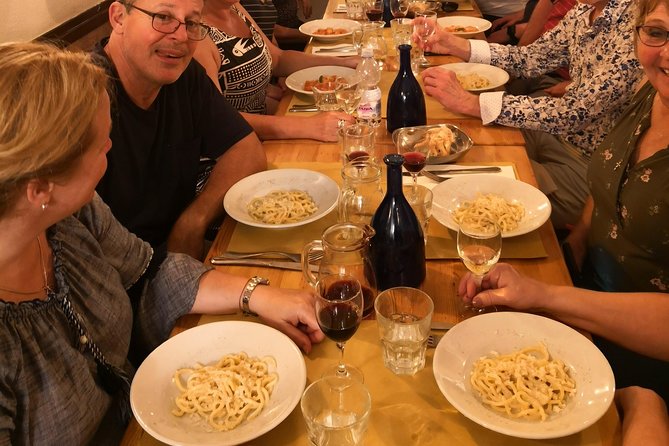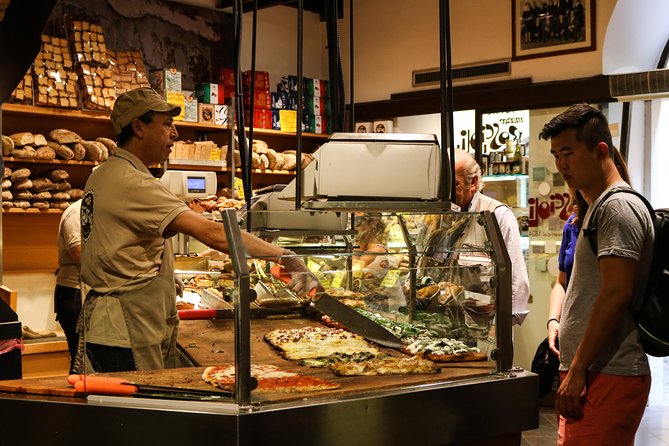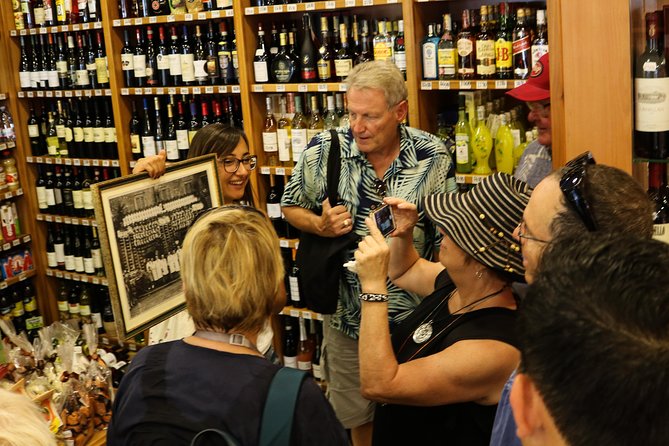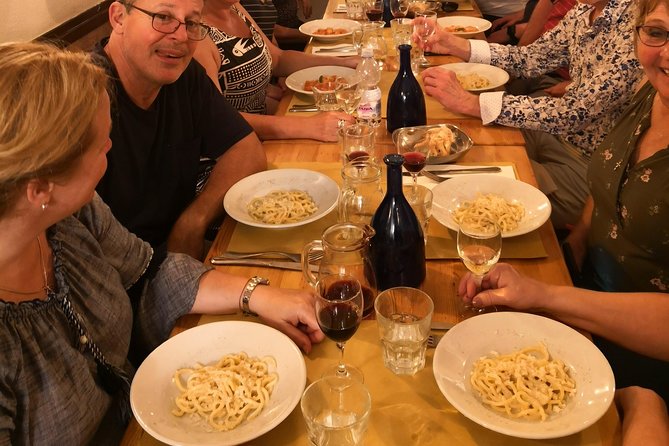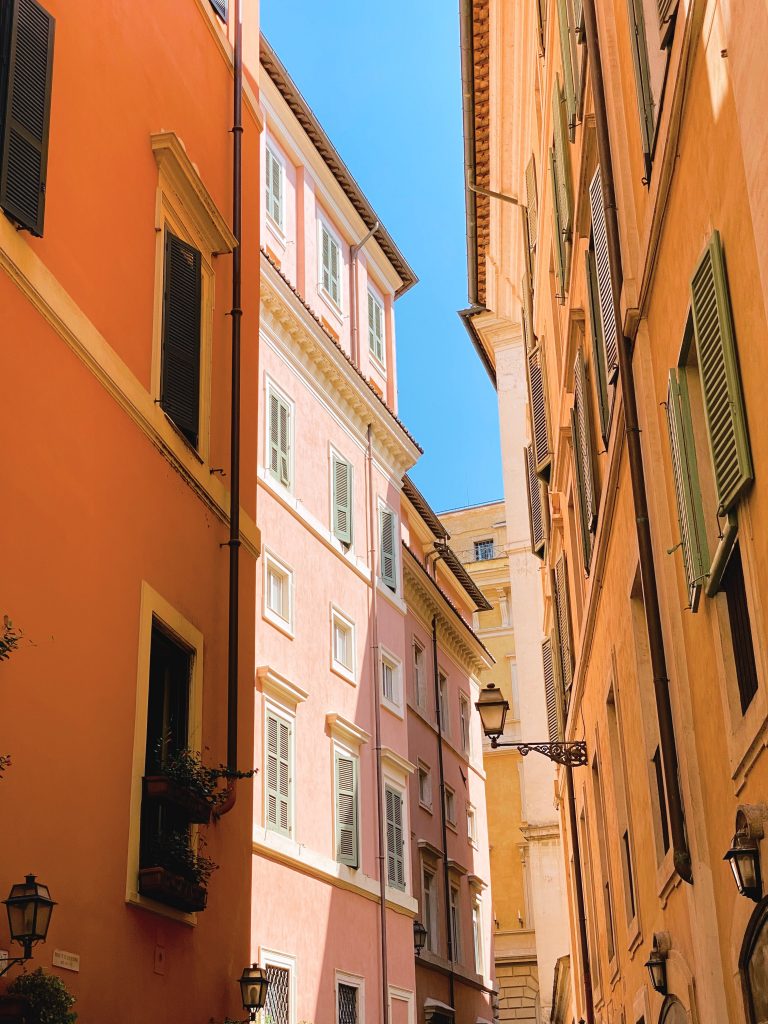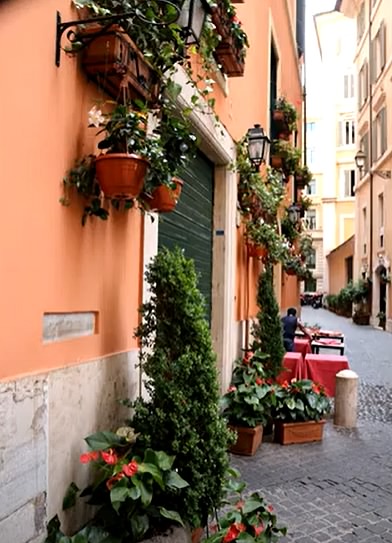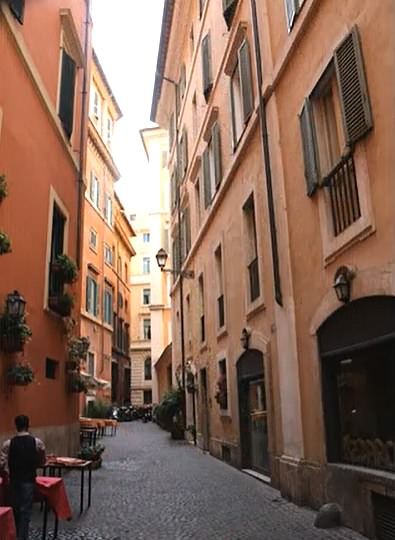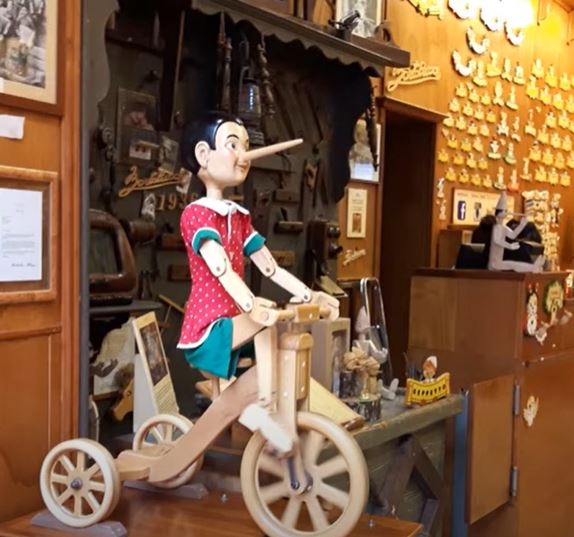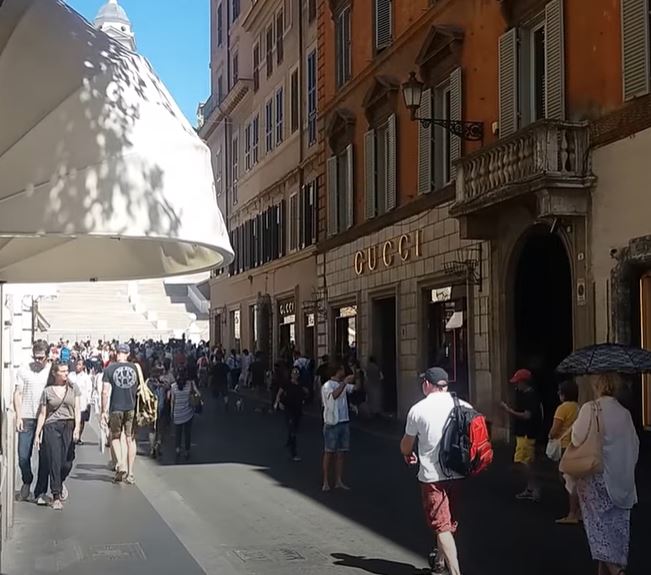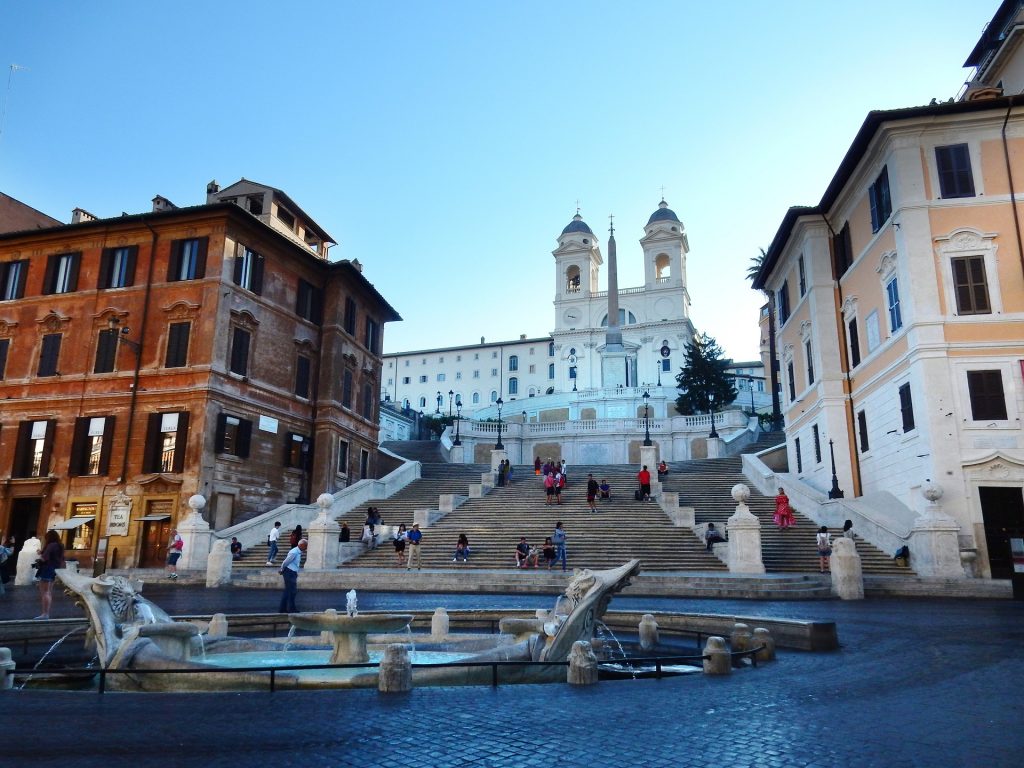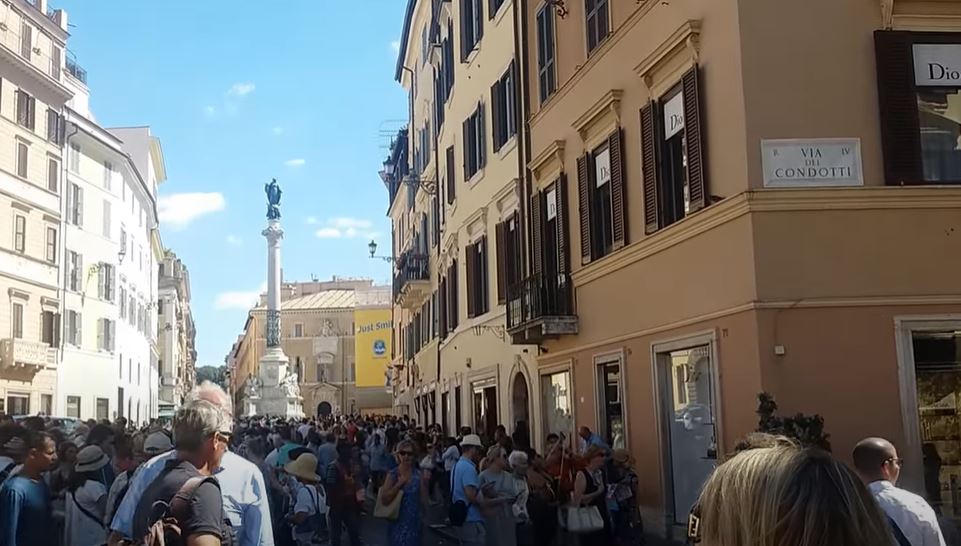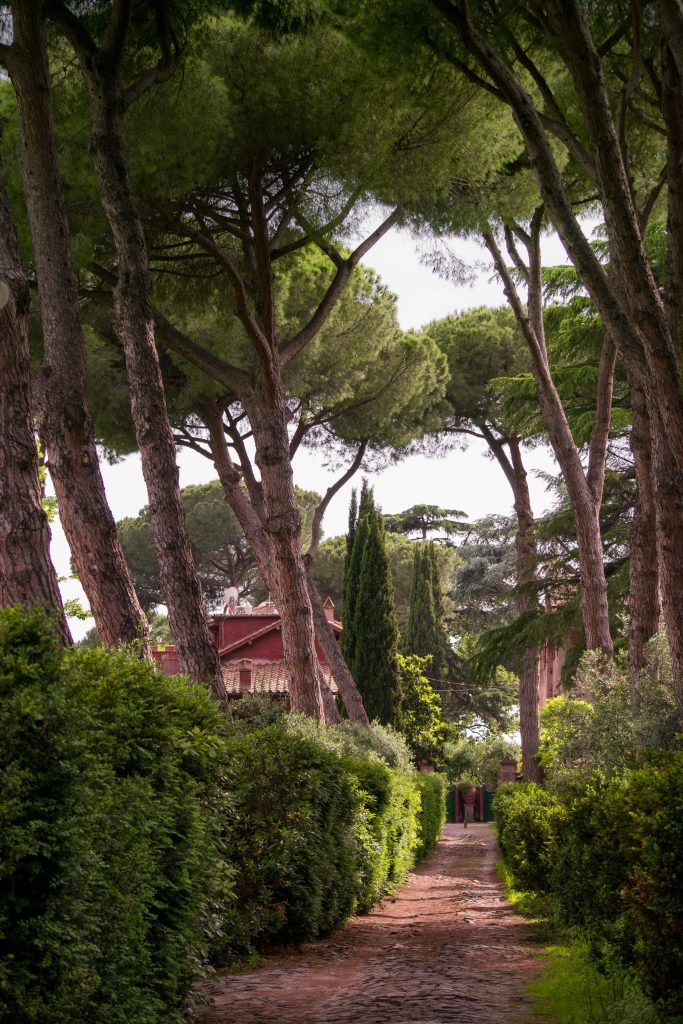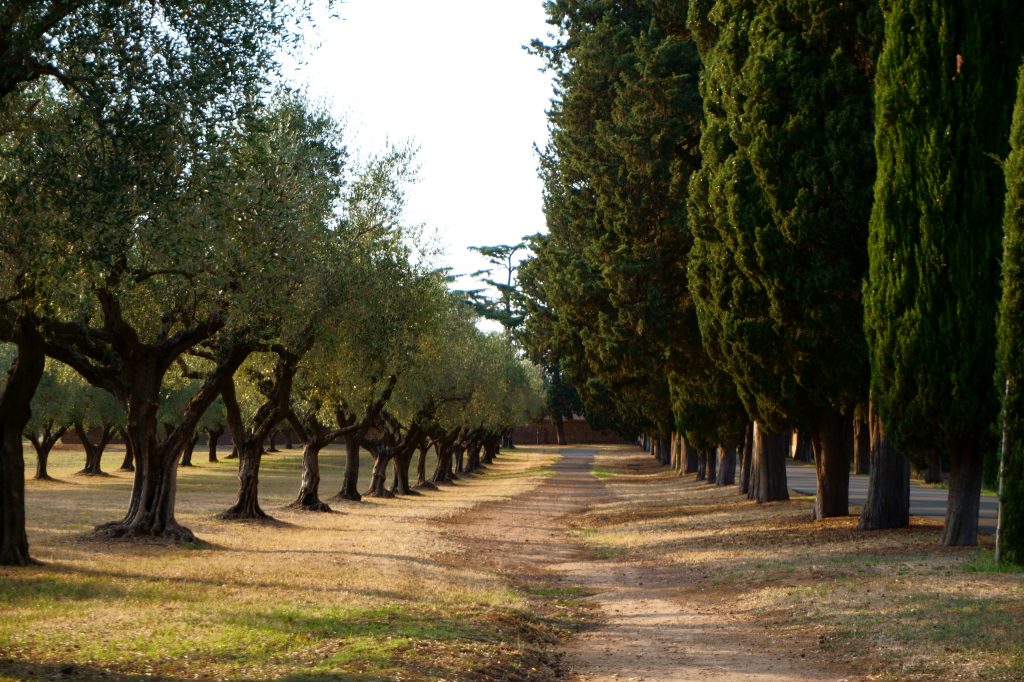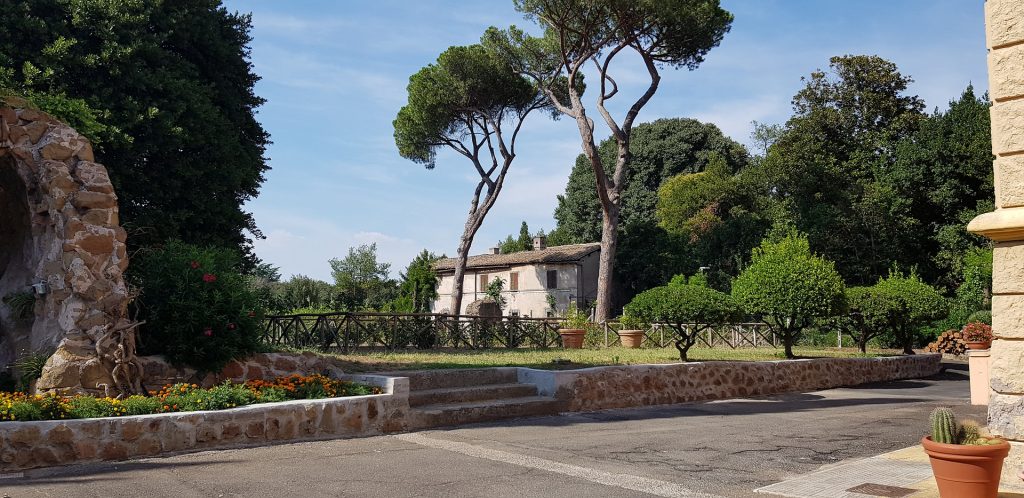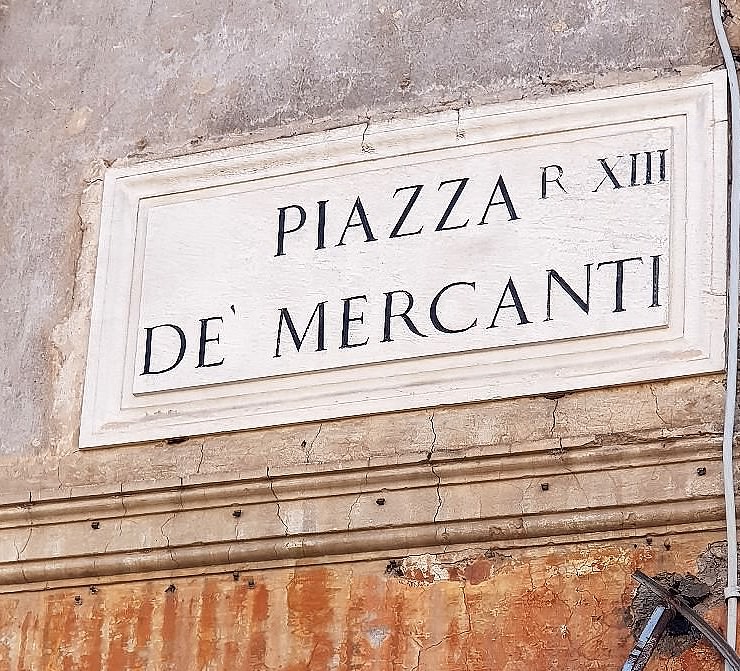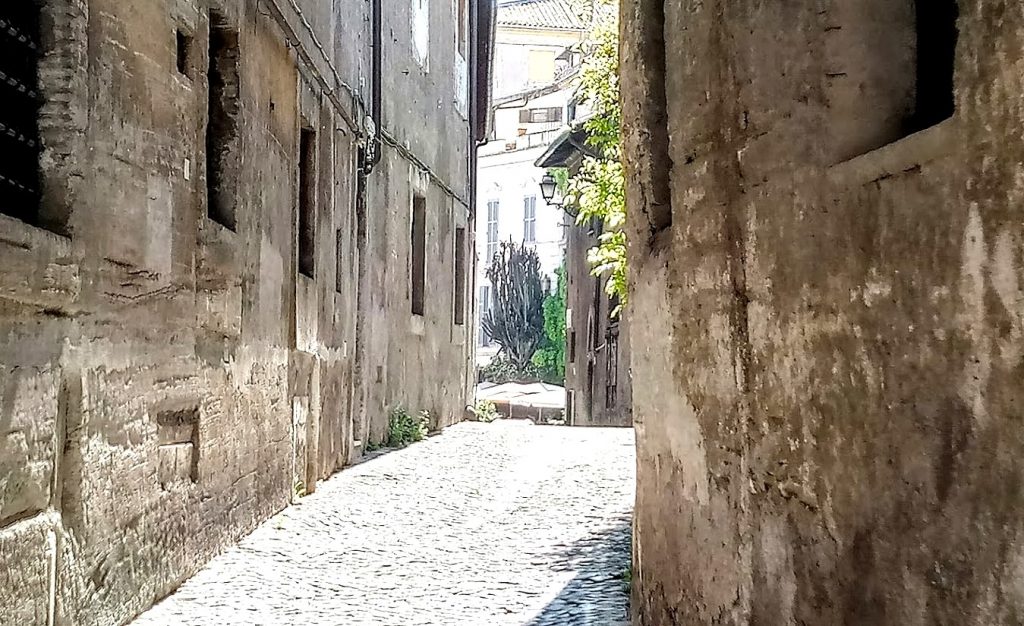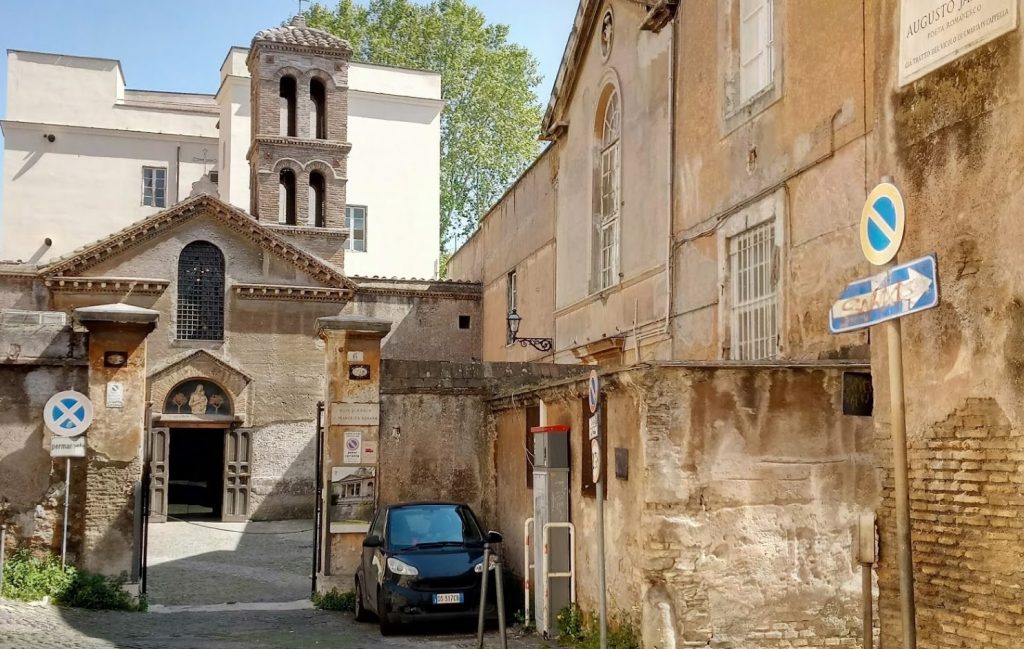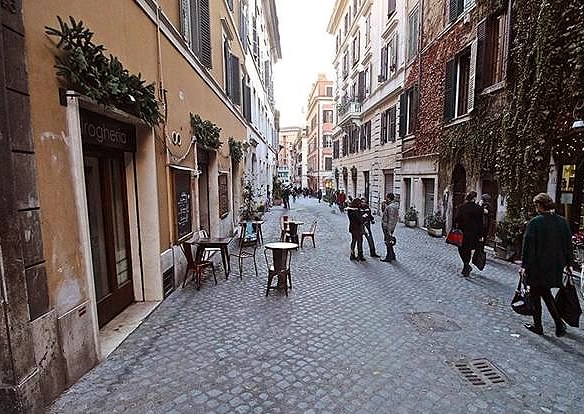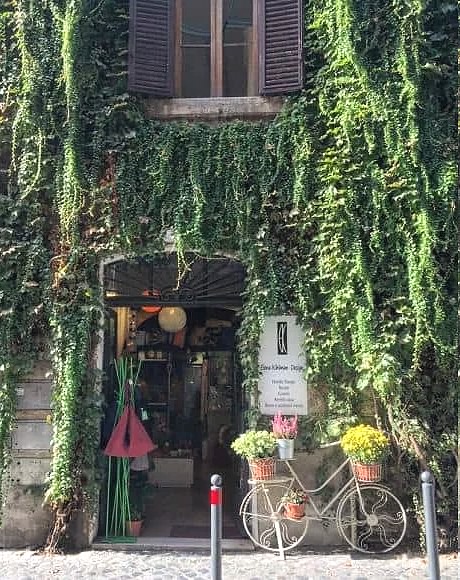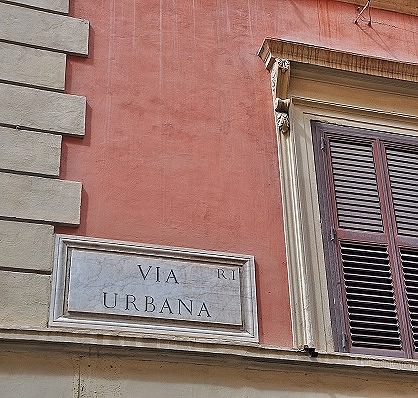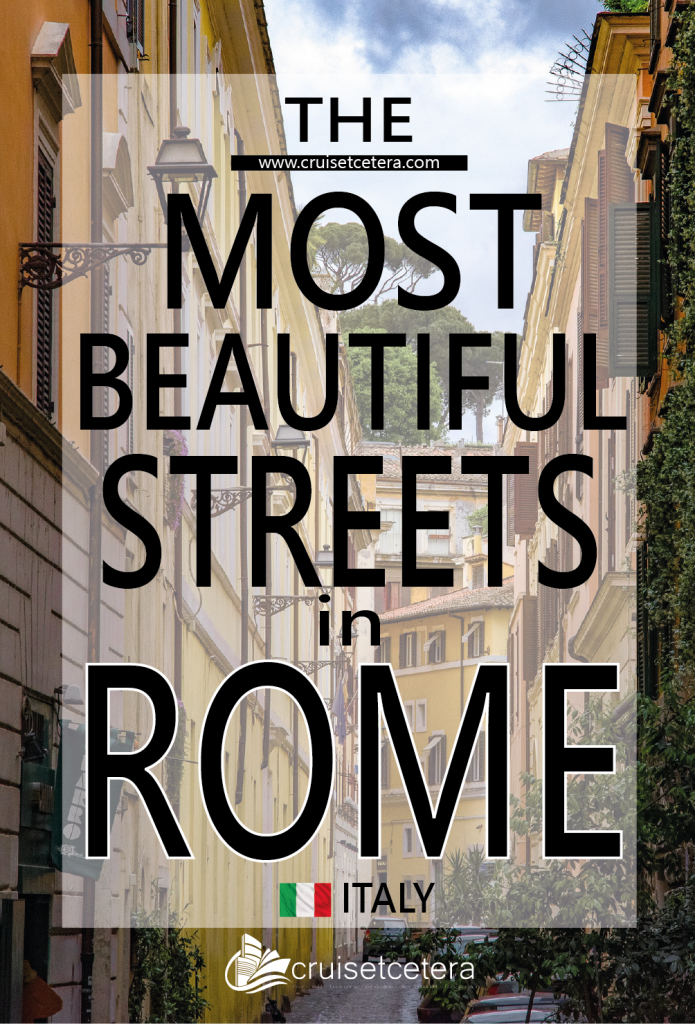
There are many very many and beautiful streets in Rome. In addition to the history, culture, and food of Italy’s capital, and you saw the major sights already, the city’s streets are also amazing! With this blog, you know exactly what the most beautiful streets in Rome are and where to find them. Insider secrets. Every street is incredible and every street is unique, so please go there! An overview of the most beautiful streets of Rome.
Rome is truly a magical city and is called the Eternal City for a reason. Many of the most beautiful cruises around the Mediterranean depart or end in this beautiful Italian capital. Besides all the more famous sights such as the Trevi Fountain, the Vatican, or the Colosseum, the city is also wonderful to explore through the beautiful and sometimes hidden streets.
Related post: 11 Trevi Fountain Facts
Those incredibly small and picturesque streets are one of the many reasons why I love the Italian capital so much! There you feel the real Rome of the Italians. The squares where men sit in the evenings playing cards, where ladies gather to discuss the local news. The smell of fresh pasta. It’s all about experiencing, breathing in, enjoying it.
Rome is not the place where you should only drive around on a tourist bus. Bo book and enjoy a hop-on-hop or bus is great to get a good impression, but after that, you have to walk or cycle. Rome is the city you have to experience, feel! On foot or by bike. Read the description of the street because there really is something for everyone!
It’s that simple. This is also why every blogger and travel expert suggests WALK when you visit Rome! There is so much more than the main attractions, so much more hidden beauty! Rome has the most beautiful streets to wander around for as many hours as possible! There are really fantastic organized walking tours to join. Easy to book and fully organized. You will get more information and learn a lot to get even more love & understanding for the city of Rome.
The best selected tours
Skip the Line: Colosseum Small-Group Tour with Roman Forum & Palatine Hill ( 3hrs) – Skip the entrance line at the Colosseum so you won’t waste any time getting inside to marvel at this Roman icon. On this walking tour of Ancient Rome, you’ll explore the amphitheater’s first and second levels with a guide, who entertains you with tales of gruesome gladiator battles. Then visit the Roman Forum to see its ancient ruins like the Temple of Julius Caesar. This tour is limited to 18 people.
Skip the Line: Colosseum and Ancient Rome Small-Group Walking Tour Including Pantheon and Piazza Navona (3.5hr) – See the best parts of Rome without waiting on a skip-the-line tour of the Colosseum and ancient Rome. Walkthrough the Roman Forum and Capitoline Hill, once the center of the Roman Empire; visit the oblong Piazza Navona, once a massive Roman circus; and tour the iconic Colosseum without wasting time in a queue. With a group size of 18 people at most, you get just the right amount of attention from your guide.
Rome by Golf Cart Private Tour (3hrs) – Experience over 2,500 years of history on a private tour through one of the world’s most popular and influential regions—Rome’s beautiful historical district. Roam the streets of this city in a comfortable, covered, street-legal golf cart—providing access unavailable on foot. This family-friendly sightseeing tour offers a narrated journey of the palaces, monuments, churches, fountains, and statues that define the rich heritage of the capital and largest city in Italy.
Small-Group Rome Food Walking Tour: Trastevere, Campo de Fiori, Jewish Ghetto (3.5hrs) – Go on the hunt for some of the best food in Rome on this culinary walking tour through the areas of Campo de Fiori, Trastevere, and the Jewish Quarter. With a guide, learn the local secrets of the Eternal City and sample traditional Italian favorites like gelato and pasta, as well as local specialties like fried artichokes. Limited to 12 people, this tour offers a more personal sightseeing experience.
But…..Rome is really too short for a day. Book a nice hotel and enjoy a few days and get to know the city better. We have also listed fantastic hotels for you at www.cruisetcetera.com. You will find a list of all cruise port hotels recommended by other cruise lovers!
Related post: 10 BEST CRUISE PORT HOTELS IN ROME
We have listed the nicest and most beautiful streets of Rome for you.
Via della Reginella
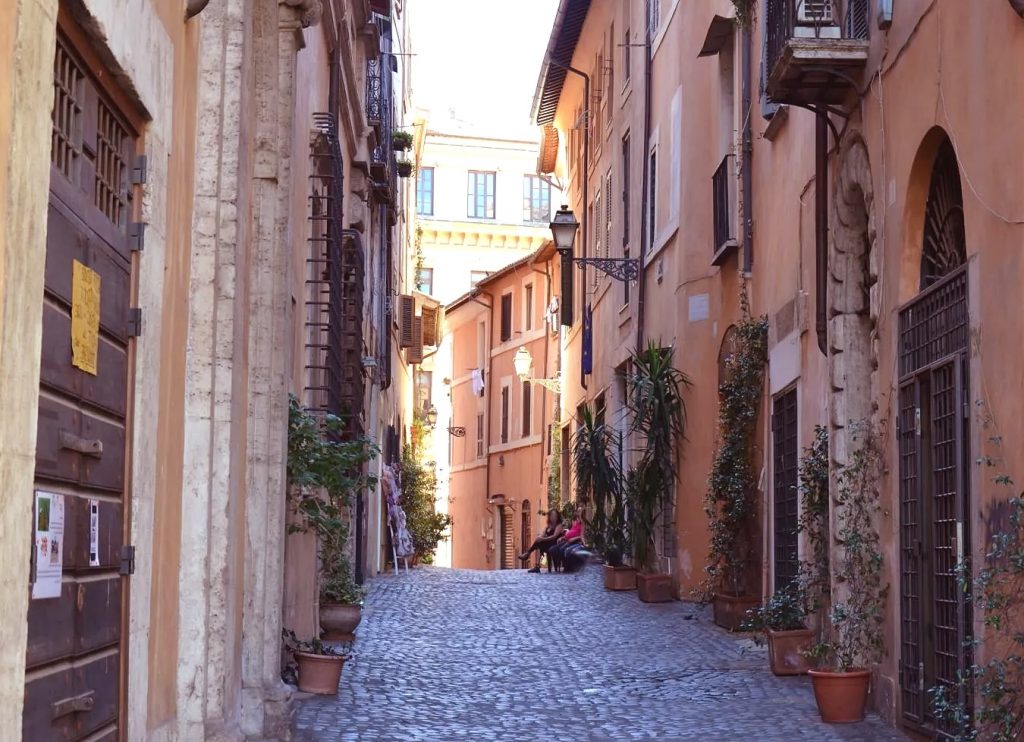
How the ghetto area must have once been
Via Della Reginella connects Via del Portico di Ottavia with Piazza Mattei and forms one of the most emblematic streets of the S. Angelo district. Via Della Reginella gives an idea of how the streets of the ghetto once were. Huge numbers of people had to live within it. The street, once alien to the ghetto, was incorporated into it in the early 1800s when Pope Leo XII further expanded the area.
The origin of the toponym “Reginella” is somewhat uncertain. According to some, it would take its name from the ancient ” Tempio di Giunone Regina” (which stood in the immediate vicinity, ie between the Portico di Ottavia and via Della Tribuna di Campitelli ). According to others, it would be a reminder of the election of the most beautiful in the district, called Reginella.

Via Giulia
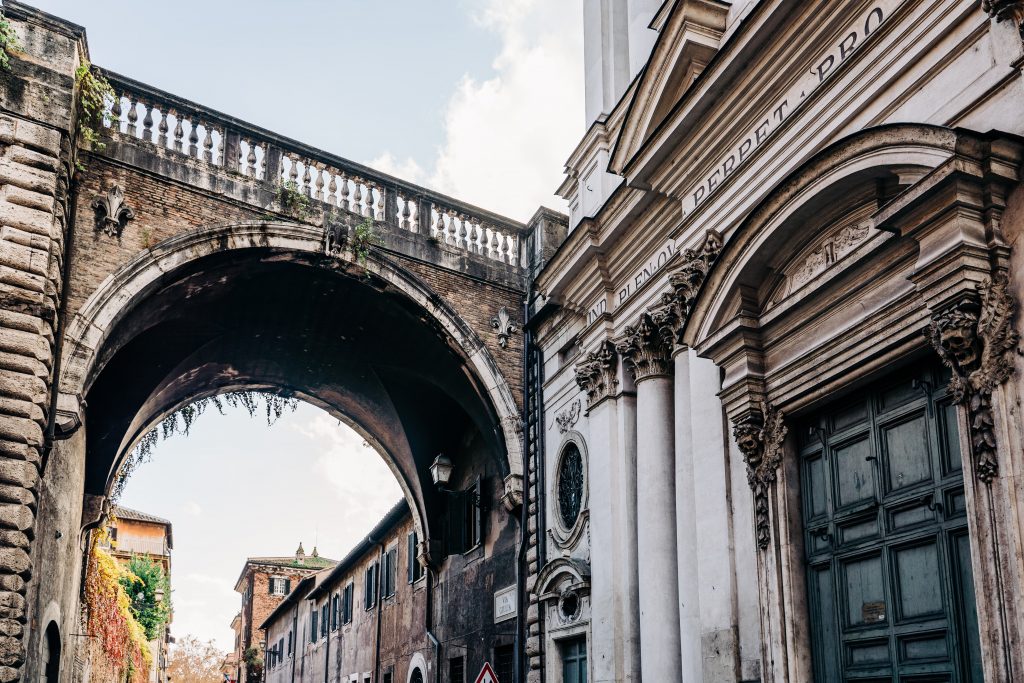
An elegant piece of art by Michelangelo
Via Giulia runs parallel to the Tiber River and is one of the best addresses to have in Rome. Some of the most opulent private residences in the Eternal City are located here. Along the street are historic palaces converted into luxury homes and hotels, as well as a few shops and restaurants.
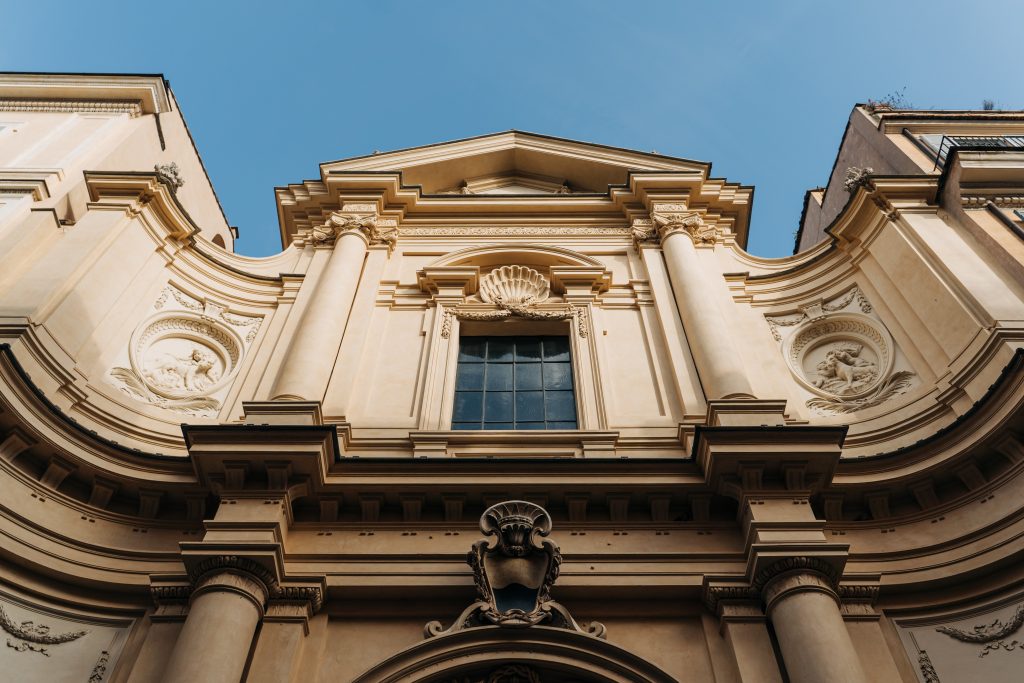
The entire length of the street almost connects the Jewish ghetto neighborhood with Castel Sant’Angelo. Designed by Pope Julius II in the early 16th century, this elegant street in the historic city center has always been popular with wealthy Romans. Via Giulia runs in a straight line for a kilometer and is lined with numerous churches, palazzi, and antique shops.
The Arco Farnese is perhaps the street’s most notable feature. The ivy-covered arch that spans the street is perhaps the most distinctive feature of Via Giulia. This arch was designed by Michelangelo. Apparently part of an unfinished plan to connect the Palazzo Farnese to the Villa Farnese on the other side of the river.
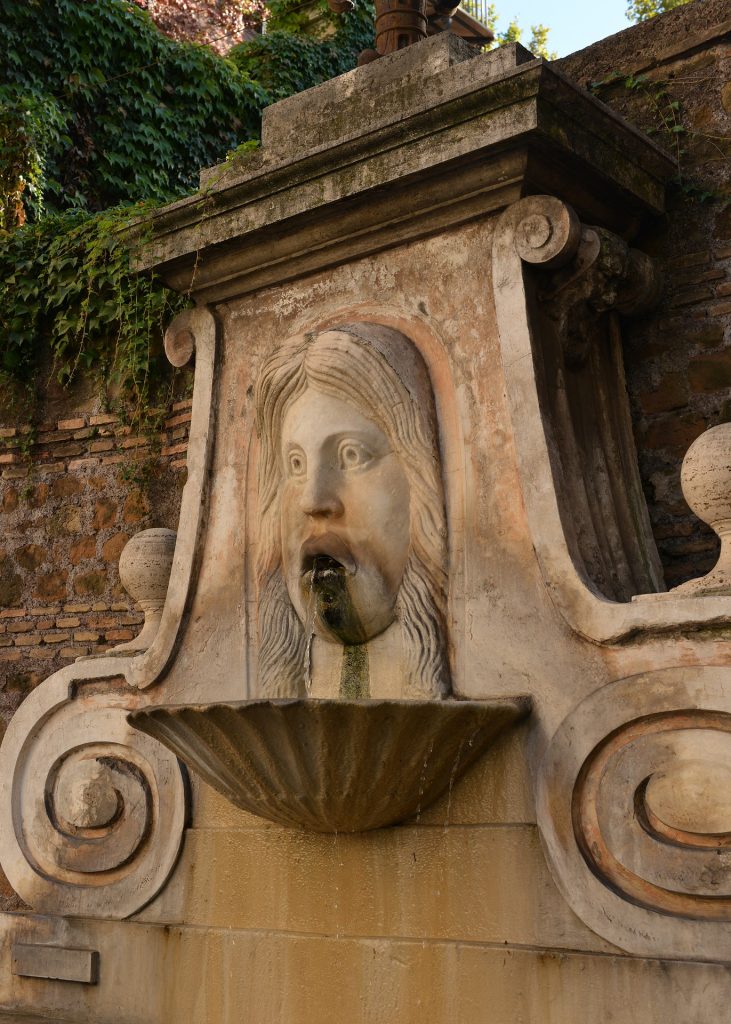
Wealthy Romans still live in the palazzi of this prestigious street, making this one of the most enchanting in Rome. This street is very close to Piazza Navona, Corso Vittorio Emmanuele II and Campo di Fiori.

Via del Governo Vecchio
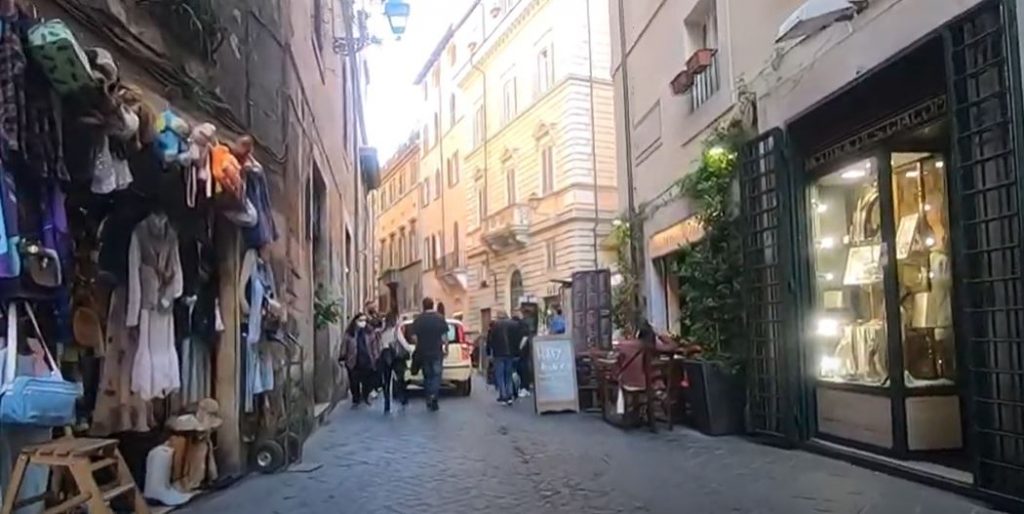
Stroll along this famous ancient street while hunting for vintage gems.
Do you like fun shopping? Then Via del Governo Vecchio is probably one of your favorite streets in Rome. The street near Piazza Navona is not only one of the best places to shop in Rome. But it is also full of charming wine bars, vintage shops, and coffee shops. Time seems to have stood still here.
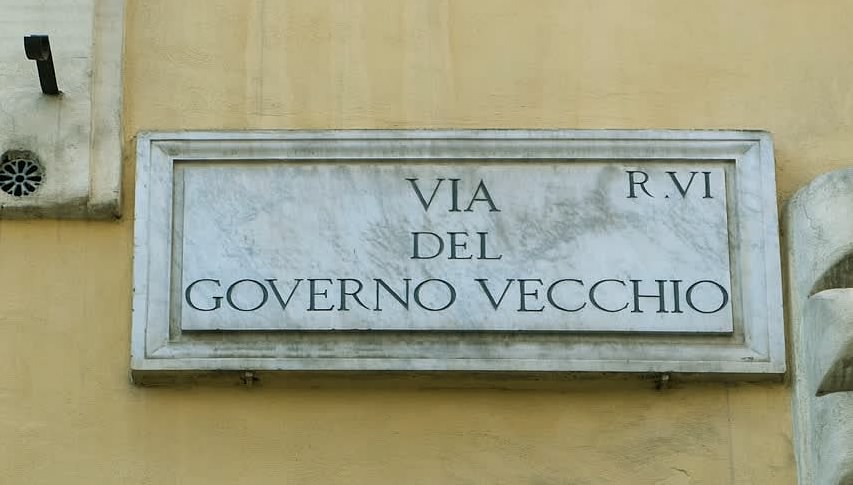
You will find Via del Governo Vecchio between Piazza di Pasquino and Piazza del Orologio. The name “Governo Vecchio” means “old government”. The papal government was once located here in a palazzo in this street. Government activities continued until the mid-18th century at No. 39 Via del Governo Vecchio. In fact, most of the buildings on the street date back to the 15th and 16th centuries. The effect is a very picturesque ancient Rome. It’s hard not to be charmed by the feel of the cobbled street as it bends and reveals itself little by little.
But you have to be careful when you walk by. Before you know it, you’ll be passed some of the little wonders most people miss when walking around Rome. At No. 66, for example, you will find what is considered to be the smallest house in Rome. The ground floor is a shop. It’s really tiny and wedged between two other buildings. All you can see is a window to the street and a very small terrace above. I think it would be great to take a look inside!
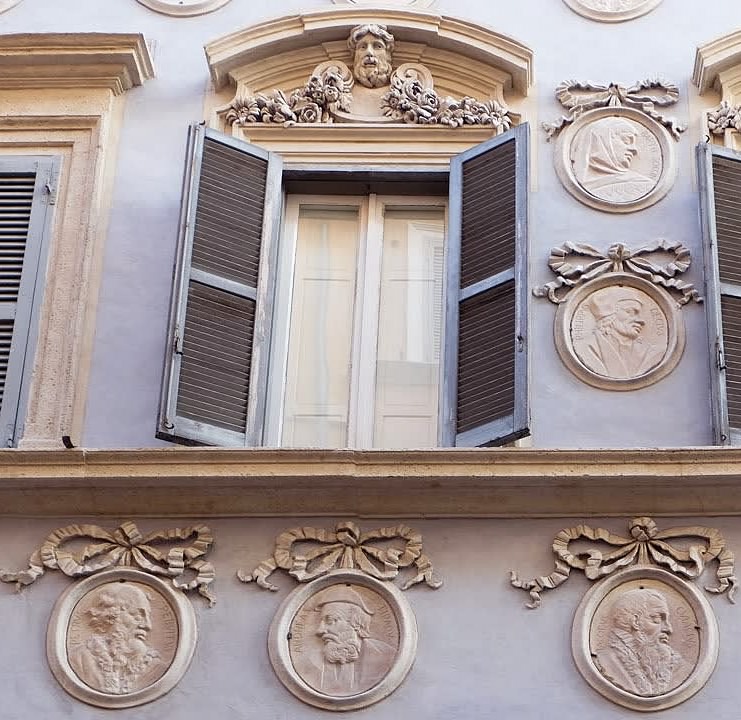
But perhaps more striking to look at is the palace. It is located at Via del Governo Vecchio, 104. This building has been recently restored so that it is easier to see all the beautiful friezes on the outside. The building belonged to a lawyer, who had it decorated with striking portraits of famous lawyers. Rumor has it that the artist Raphael once had a mistress of this street, so you can only imagine all the other famous footsteps that have come before you as you walk along.
Walk along and enjoy all the little shops, the Italian gelato, the antiques, and the nicest pubs.

Via dei Banchi Vecchi
After the tourist spot Via Governo Vecchio there is Via dei Banchi Vecchi. A charming shopping street full of small boutiques and cafes. A lot of local Roman life takes place in this street. Visit and tour one of the modest churches that line the street or just walk around and admire the street shrines.

Via Dei Pastini
A taste of historic Rome
This cozy street is full of nice terraces and shops to stroll through for an hour. You get a taste of historic Rome in this narrow street where time has stood still here and there. It’s a side street of Piazza Della Rotonda and around the corner from the Pantheon. Nice to visit is the authentic wooden toy store Bartolucci Italy with everything from Pinocchio.

Via Dei Condotti
The luxury shopping street of Rome
Every major city has its fashion street where you can find all the famous luxury brands. Via Dei Condotti is one of the chicest and most expensive shopping streets in Rome. The street, which runs from Piazza di Spagna to Via del Corso, is mainly populated by expensive fashion stores. Via Condotti has all the famous fashion brands such as Armani, BVLGARI, Versace, Dolce & Gabbana, and Prada. You can also find the famous Spanish Steps here.
If you go down Via Dei Condotti from Via del Corso, you will have a great view of the Spanish Steps and the Church of Trinita Dei Monti. So even if you’re not interested in shopping or admiring the storefronts, this view is worth a stroll down Via Dei Condotti!
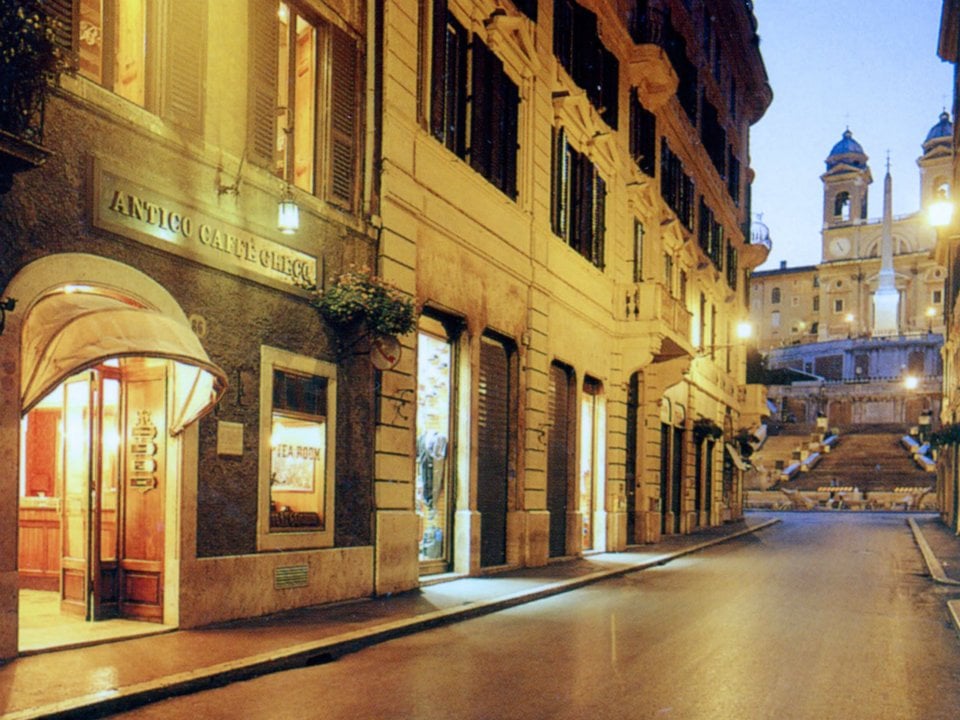
Yet the Via Dei Condotti has more to offer than just expensive fashion. An unmissable address on this street is the famous Antico Caffè Greco, where countless celebrities drank a cup of coffee. The prices are also quite high here. But if you compare it with the prices of the Gucci bag or Dior outfit, you are still cheaper. It’s best to book a table up front as it can be busy!

Via Appia Antica
Without a doubt the most atmospheric street in the Eternal City but also the military artery of the Roman Empire
You are probably familiar with the expression “all roads lead to Rome“. Its essence lies in the Via Appia. Via Appia Antica (also known as the Via Appia) was built in 312 BC. It was the main military and economic highway of Imperial Rome. It once stretched as far as the distant port city of Brindisi in Puglia.
A gentle stroll along the cobbled road is best to take in the historic feel. This street has its own unique story that stimulates the imagination. You can also cycle; bicycles can be rented at the visitor center. The road, atmospheric and breathtakingly beautiful, is interspersed with lush greenery. Real-life ancient ruins and monuments to the dead adorn either side of the road. Take a tour of the catacombs of San Sebastiano, San Callisto, Santa Domitilla, and the historic tomb of Cecilia Metella; they are some of the best attractions in (and around) Rome.
You can easily spend a whole day walking – or cycling – the cobblestones of this ancient Roman road and explore archaeological sites. Enjoy the peaceful, almost rural atmosphere of this old street.

Via Margutta
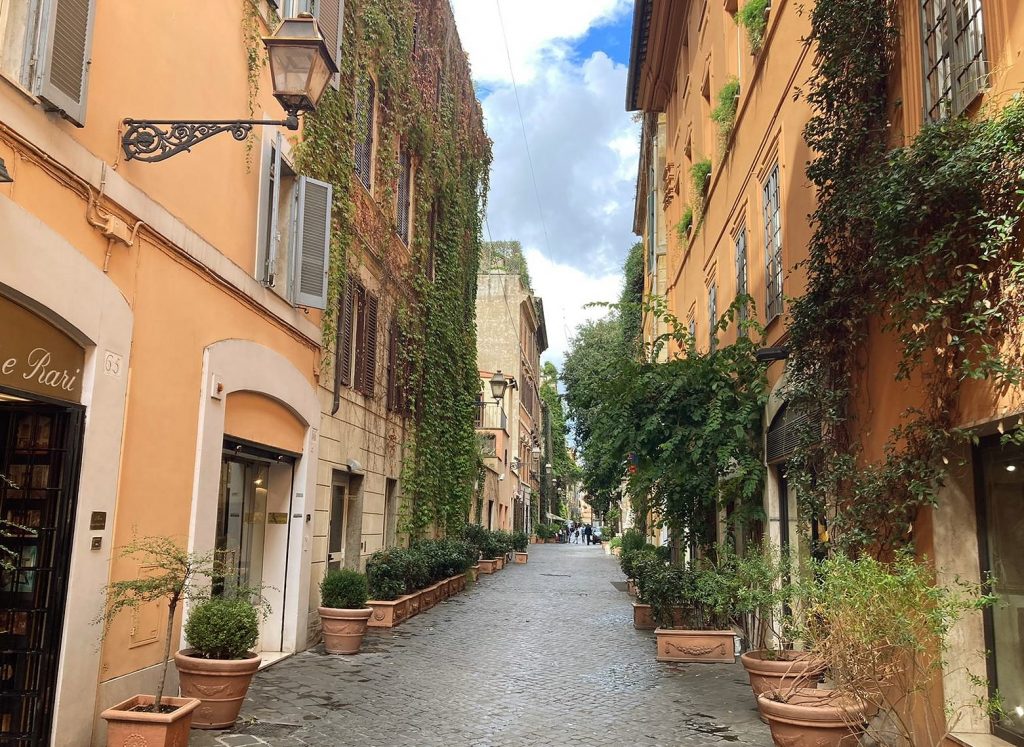
The famous street from the movie Roman Holiday
The Via Margutta, also known as the ‘Artist’s Street’, is tucked behind Piazza di Spagna, parallel to the Via del Babuino that connects Piazza di Spagna to Piazza del Popolo. Pablo Picasso, Giorgio de Chirico, and Federico Fellini are among the illustrious residents of the street. It is a more hidden street, but with Google Maps you will find it easily. Originally, the Via Margutta was home to several stables and workshops. However, it changed face in the 20th century!
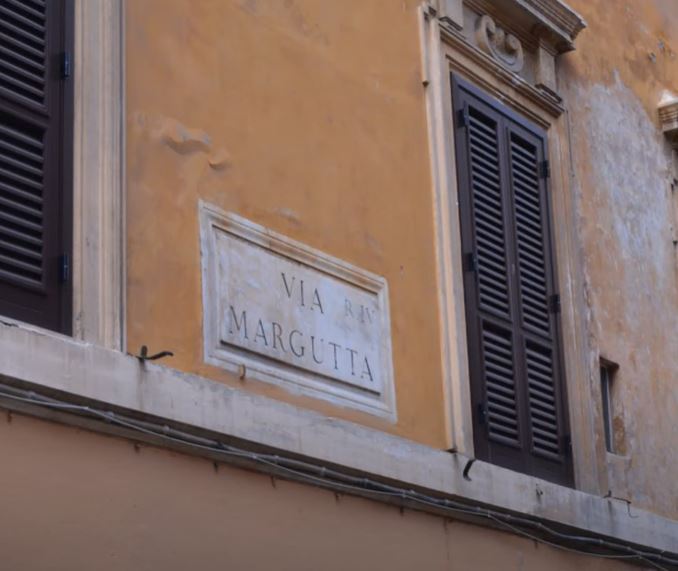
Via Margutta is a narrow and picturesque street known for its rich history dating back to the 17th century, once home to Fellini. It became famous after the premiere of the movie Roman Holiday. As you may know, Joe Bradley (Gregory Peck) in the movie lived on this street of Rome, on Via Margutta. Thanks to the success of the movie Roman Holiday, many famous people moved here after that. And so the neighborhood increasingly became an exclusive and really expensive neighborhood in Rome.
Today, Via Margutta is home to numerous art galleries and artists’ “bottegas”, luxury shops, hotels, and restaurants.
The neighborhood is still the residence of a wealthier layer of Romans.

Via Dei Coronari
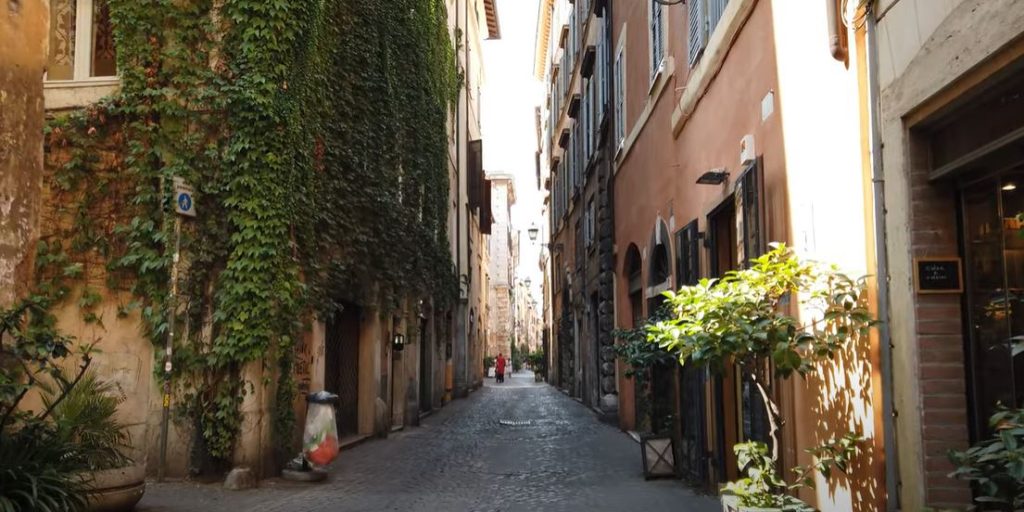
The street in Rome for your love of antiques
Centrally located next to Piazza Navona, Via Dei Coronari feels like a quaint, sleepy village where time has stood still. The ocher stucco, gleaming vintage storefronts, and narrow cobbled street are beautiful and seem frozen in time.
It is a joy to stroll through this beautiful street in search of art treasures. The street has a nice selection of antique dealers and their shops are open all week. They are packed with vintage items, antiques, and curiosities from a bygone era! As well as art and antiques, Via Dei Coronari is also home to a wide variety of small and specialty fashion boutiques, quirky jewelers, decadent coffee shops, and gelaterias.
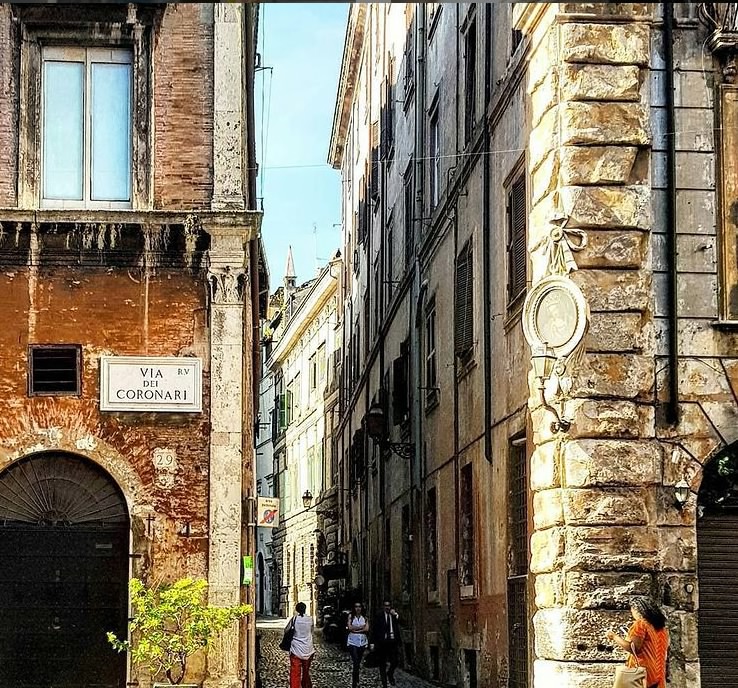
Despite being very central, the beautiful Via Dei Coronari never feels too busy. It has managed to maintain a relaxed and peaceful atmosphere. The street has been around since Roman times but was transformed during the Renaissance.
Historically, the street was full of rosary sellers. The name “Coronari” means rosary in Italian. It was also the pilgrim’s path that led to St. Peter’s Basilica.
Via Dei Coronari was also nominated by CNN as one of the most beautiful streets in the world.

Via del Moro & Via della Pelliccia
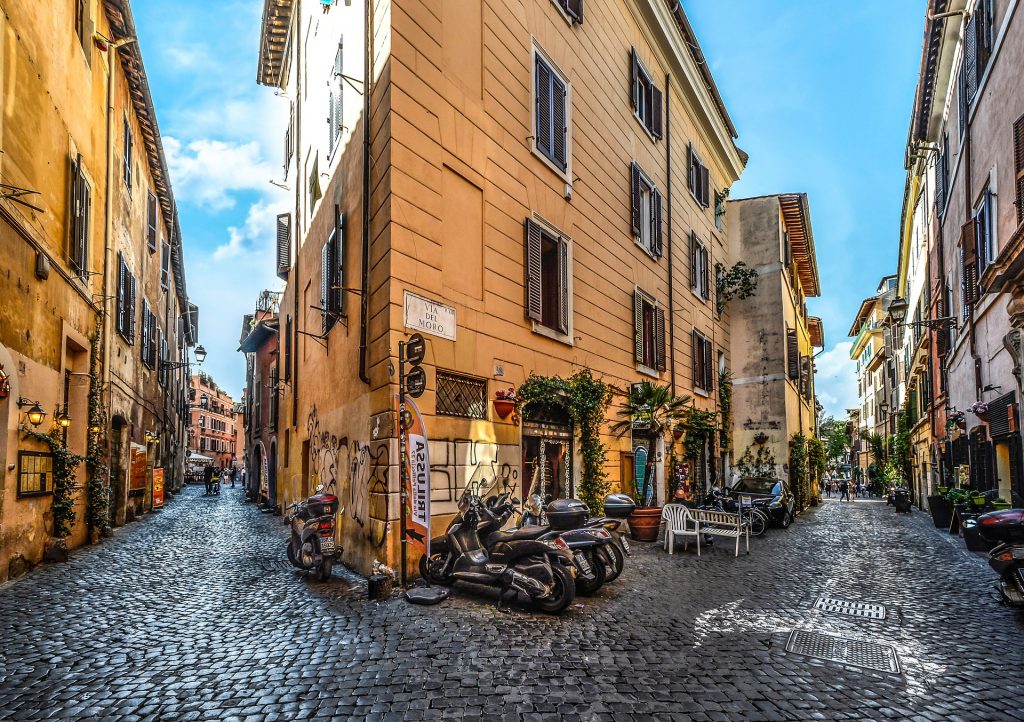
In one of the most favorite neighborhoods in Rome; Trastevere
Trastevere is a little outside the center of the city, which explains why it is still much more traditional and Roman than other sides of the historic center. For a true Italian experience in Rome, be sure to stroll through the streets of Trastevere! It is one of the most favorite neighborhoods in Rome! It is located south of Vatican City, near the Tevere River. One of the things I love most about this area is the streets. Colorful, cozy, lively, and really very Italian like you think Italian streets should be.
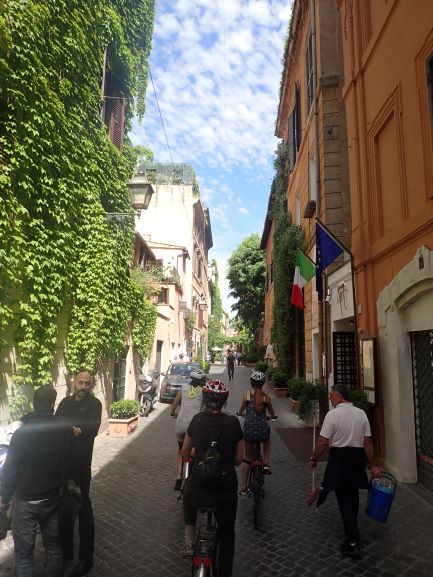
With every step, you take you will come across traditional bars and restaurants. Literally! The colorful buildings, the flowers, the cobbled roads… it’s just enchanting and fascinating. We cycled through this neighborhood on a guided bike tour and it was really fantastic.
Many Roman squares and streets are named after the nearest churches, but for a change Via del Moro is named after a café. This is the Caffè del Moro, which dates from the end of the 19th century, but still exists.
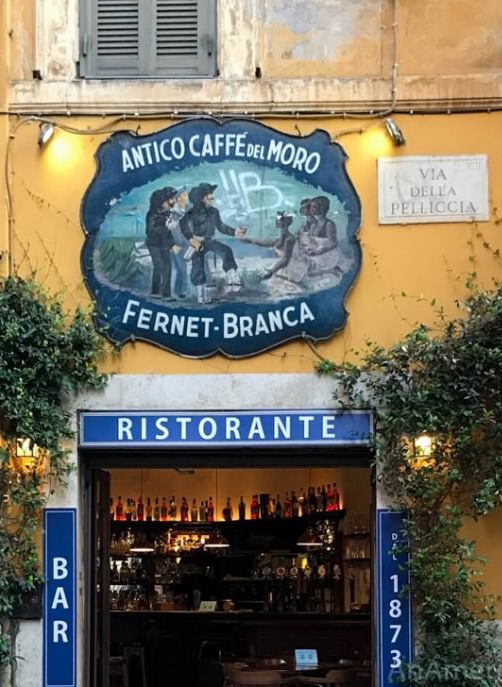
The Caffè del Moro is on the corner of Via del Moro and Via Della Pelliccia. It has the oldest signboard in Rome after the Caffè del Greco. It depicts two archers and a sailor trying to get three young women, one of whom already has a bottle in hand, to drink. The women look Ethiopian and the sign refers to the war between Italy and Ethiopia of 1895-1896.
Old houses of considerable importance have been preserved in Via Della Pelliccia. For example a medieval house on the corner with Piazza de’ Renzi. At number 40 is another old house, dating from the fourteenth century, with a Tufelli facade and arched window, which belonged to the Pio Sodalizio Dei Piceni, as the coat of arms on the facade still shows.

Piazza dei Mercanti
Piazza Dei Mercanti is flanked by the unmistakable Osteria Da Meo Patacca ( see picture below). The terrace is almost covered with runaway cactus and lush ivy plants. Sit back on the terrace and view the numerous historic buildings around you.
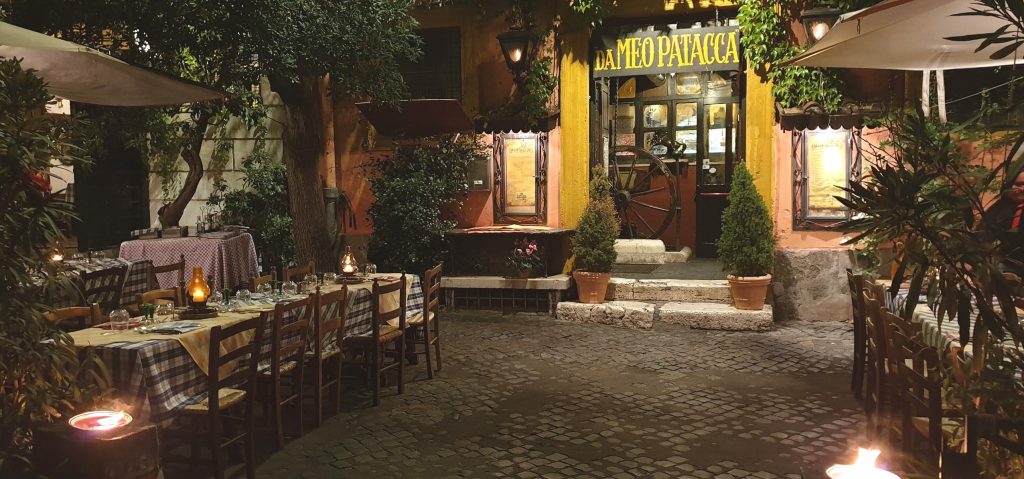
Until the 17th century and before the terrible malaria epidemic broke out, this was the commercial headquarters of merchant shipping. Between the tiny streets were seedy inns and rooms where sailors sought work on the next ship to the colonies. Trade was conducted between the captains and the merchants who imported goods from the port on the Tiber; the Ripa Grande. Some streets still remind me of this time, such as Viale del Porto or del Canale.
At the end of the seventeenth century, most of the buildings were demolished to make way for the great hospital of San Michele. This became a multipurpose building where orphans, prisoners, the sick, and the poor elderly were housed. The neighborhood around the piazza actually still has something mysterious and haunted about it.
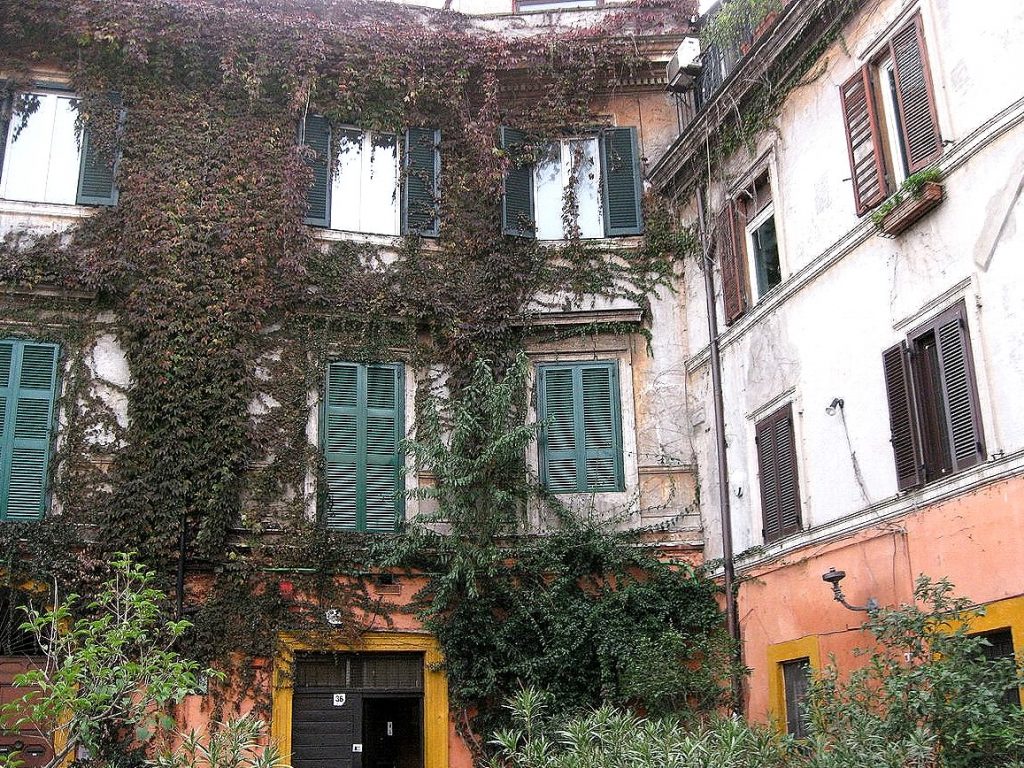
Although technically a square, this secluded spot in Trastevere can also be considered one of the most magical streets in Rome. Leaving the hustle and bustle of downtown Trastevere behind feels like stumbling across a secret and entering another world. The buildings look a bit rustic, with flowers popping out of the window boxes and ivy flowing along the walls, and the street resembles a village square. It’s hard to believe you’re in the center of a city.

Via Panisperna
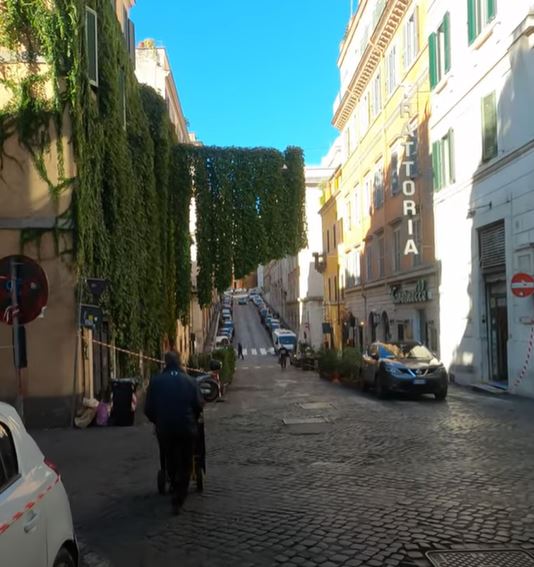
The Monti district is full of picturesque streets, but Via Panisperna is arguably the prettiest. The hilly street connects Trajan’s Market to Santa Maria Maggiore and is lined with ivy-clad shops and restaurants. This street is one of the most instagrammable spots in this neighborhood.
Climb this sloping street for fantastic views of the Basilica of Santa Maria Maggiore. The street is popular with tourists and locals alike for its stylish shops and lively nightlife.
But this street also certainly has historical significance. In 1934, a group of young scientists from the Institute of Physics on Via Panisperna discovered the existence of slow neutrons. This would later lead to the establishment of the first nuclear reactor and the construction of the atomic bomb. The group of scientists, including the eminent Enrico Fermi, was known as “I Ragazzi di Via Panisperna“.

Via Urbana
Via Urbana is another charming street in the Monti district. The ivy-covered buildings are only a few stories high, making the street quite light and great for taking the best pictures. There are Artist Bottegas and restaurants on the ground floor, while private residences make up the higher floors. Be sure to visit Grezzo for some of the best gelatos in town (which is also vegan!)
The heart of Rione Monti preserves a classical soul together with an up-to-date mood. Amazing restaurants, trendy bars, and clubs, and fantastic little shops will call your attention at every step.

Via di Santa Sabina
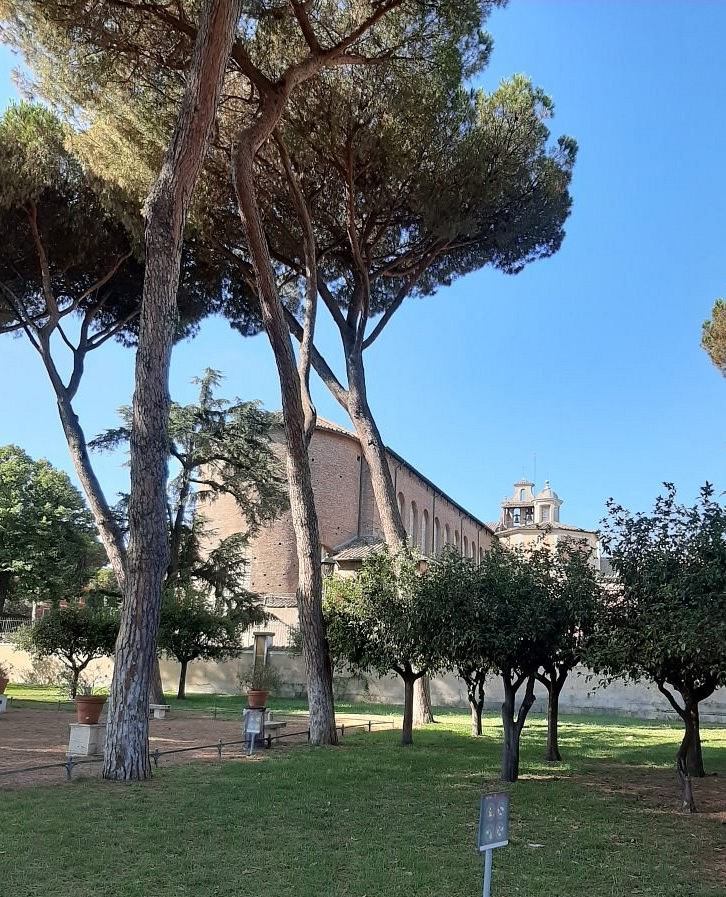
This charming street with a grim history runs along the top of the Aventine. The street is full of history and beauty. At one end are Piazza Dei Cavalieri di Malta and the secret keyhole. While the other end leads to a rose garden and the Circus Maximus. Along the way, admire the intriguing churches of Sant’Alessio and Santa Sabina, and the Giardino Degli Aranci (Orange Garden). The Orange Garden is a popular scenic park and offers beautiful views of the city’s rooftops and St. Peter’s Basilica.
A secret keyhole and orange garden
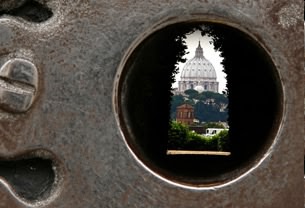
On the Aventine hill, at the end of via di Santa Sabina, there is the Villa del Priorato di Malta, home to the Grand Priory of the Sovereign Military Order of Malta. This is a catholic secular order and his birth can be traced back to the ancient Order of Hospitallers, born in 1050 in Palestine. Looking at the keyhole of the main entrance you would notice in a perfect perspective the dome of St. Peter, at the end of the very elegant garden. A real and nice surprise which is always delightful.

Via Piccolomini
This street is a real Roman secret. Via Piccolomini is a street off the beaten track in Rome. This quiet residential street near Villa Doria Pamphili may seem nothing special at first glance. But if you go up and down the street by car (or scooter or bike), you discover an intriguing optical illusion.
The fascinating optical effect of the Dome
Ever heard of via Piccolomini and the optical illusion of the Cupolone here? If Rome is all beautiful and amazes, at every corner, there are games of perspectives that are really not expected, and that leaves everyone, young and old, speechless.
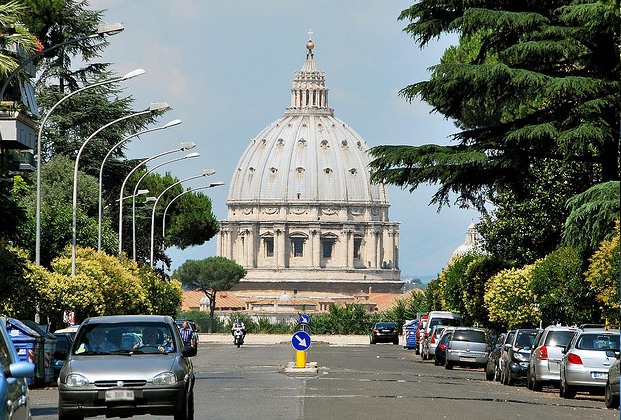
Among these, in fact, there is that of via Niccolò Piccolomini. From this street, in the Aurelio district, it is possible to admire the dome of San Pietro with a unique optical effect. The closer you get, the more the Cupolone seems to move away. A fascinating mystery that has been made Via Piccolomini famous all over the world.
The optical effect occurs not only if you travel on foot, but also if you are in a car or on a scooter. It is therefore not surprising that when you reach via Piccolomini you notice comings and goings of people on foot or by car.
But why does this happen?
No magic, no mystery, just a game of perspectives that deceives the eye. As you get closer, the Cupolone seems further away because there are some buildings on both sides of Via Piccolomini.
In the first 50 meters of the street, the eye can only see the dome, in all its grandeur, framed by the rows of buildings to the right and left. Continuing along the street, then, the eye begins to perceive the space in a different way. You begin to see the background and your gaze has a new perception that, optically, seems to distance the Dome of St. Peter.
Even once the mystery has been revealed, going to Via Piccolomini to experience this illusion remains among the things to do, more than once in a lifetime, in Rome. It is no coincidence that the road is reported in many guides of the capital, among the experiences not to be missed in the city.

Via del Pellegrino
The Via del Pellegrino in Rome connects the Campo de’ Fiori with the beginning of the Via Dei Banchi Vecchi. It is quite a narrow and very picturesque street. It is lined with lively bars, boutiques, bookshops, and traditional food and wine bars.
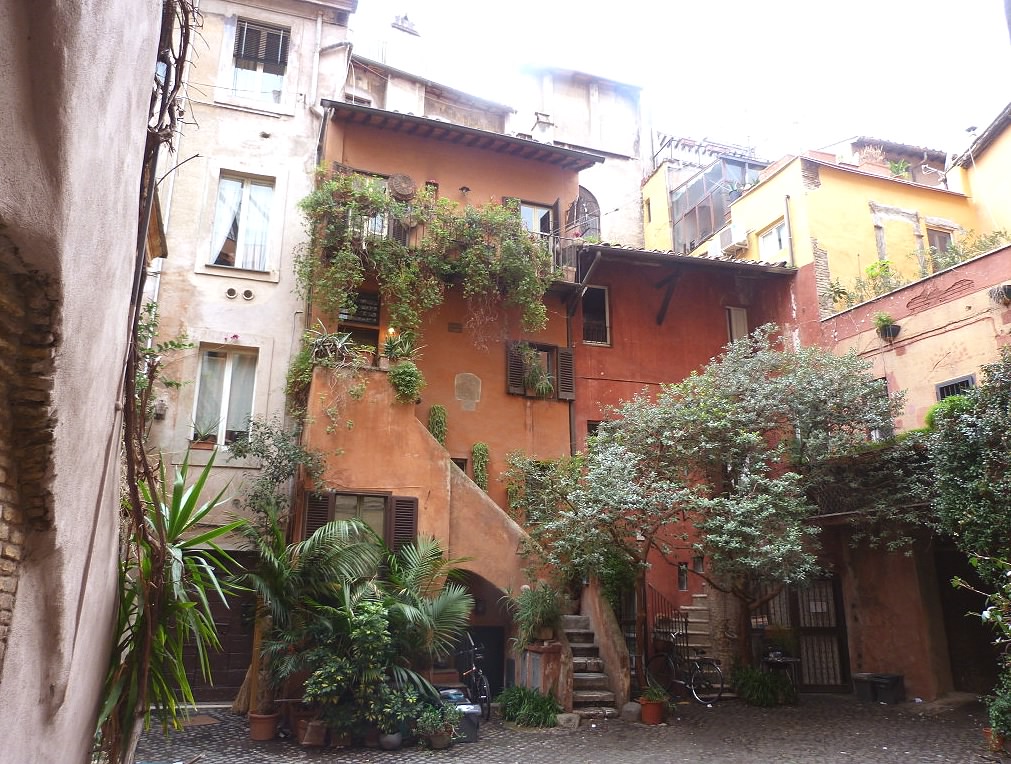
The Via del Pellegrino in Rome owes its name to the fact that for years pilgrims passed through it. The “Pellegrini” went from Campo de’ Fiori towards St. Peter’s.
In this street, for example, you can buy travel books in the Libreria del Viaggiatore and varied reading material at Mondadori. There is a jeweler, a glasses shop, and a bag shop and if you take a quick look at the Vicolo del Bollo, you will discover handmade children’s clothing after a few meters.
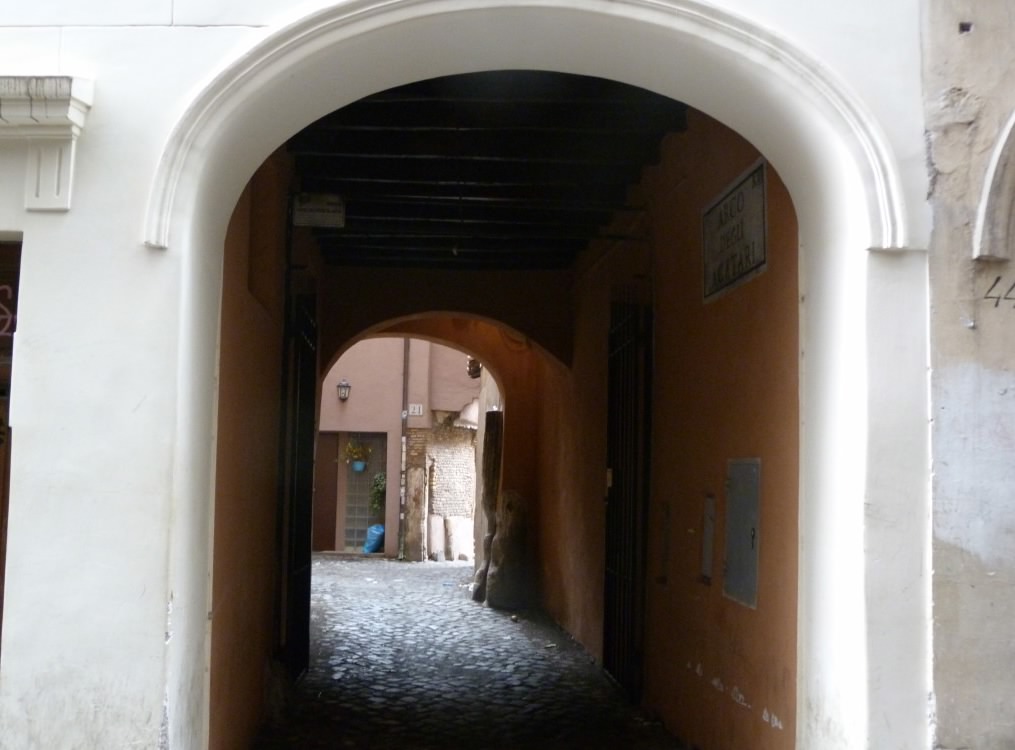
Barnum is the place to go for a drink while shopping and for a bit of sightseeing, you can go to the Arco Degli Acetari. If you go under the arch, you will be overwhelmed by unexpected silence in a cute courtyard.
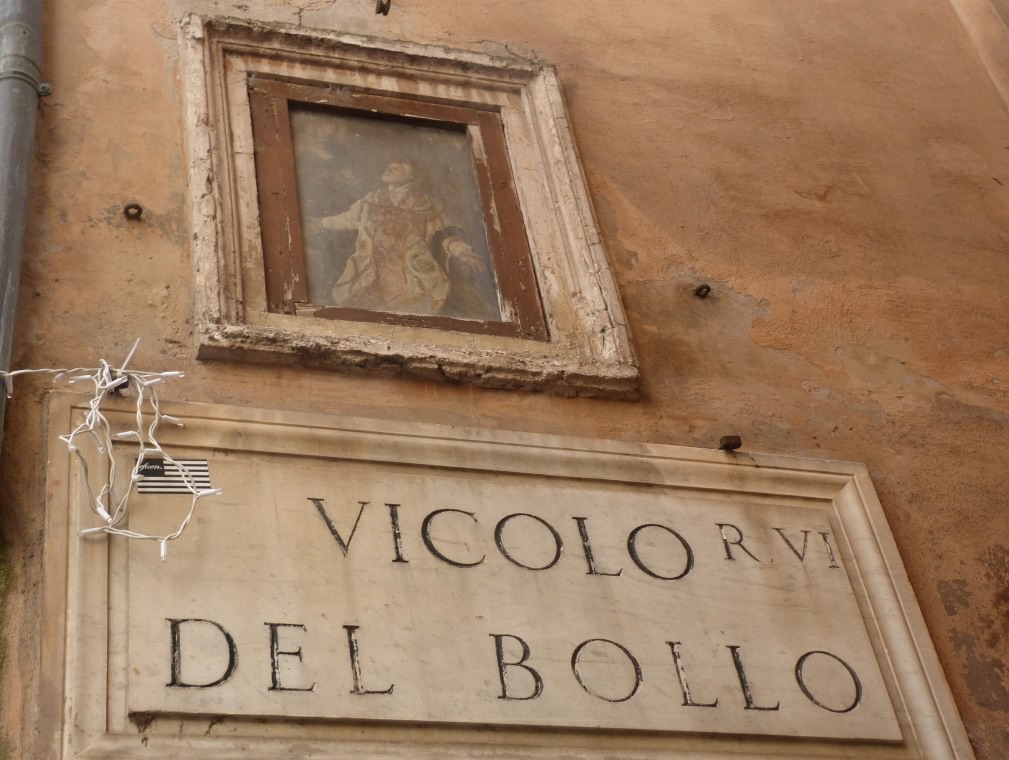
Also along with Via del Pellegrino, it is possible to admire at the corner with Vicolo del Bollo an ancient fresco. Dating back to the eighteenth century and depicting the ” Madonna with Child and San Filippo Neri “. While at number 58 there is the 15th-century palace of Vannozza Cattanei, mistress of the Spanish cardinal Rodrigo Borgia, elected Pope with the name of Alexander VI and mother of Lucrezia Borgia, at number 64-65 there is the Locanda Dei Tre Re, and at number 66 -67 a historiated Renaissance palace dating back to the 16th century.
Conclusion
Rome was not built in a day. So don’t be under the illusion that you can really discover this city in one visit. But if you’ve seen the main sights and you want to discover more of the real Rome, this list of streets is great for discovering more of the Eternal City.
So don’t worry, put away your map and go explore these streets of Rome. Discover the magic, find the hidden gems and just breathe in the atmosphere. Rome has incredible magic, which you have to experience for yourself! And believe me….. this list could have been infinitely longer. Rome is not only the Eternal City, but you can also wander around it eternally.

